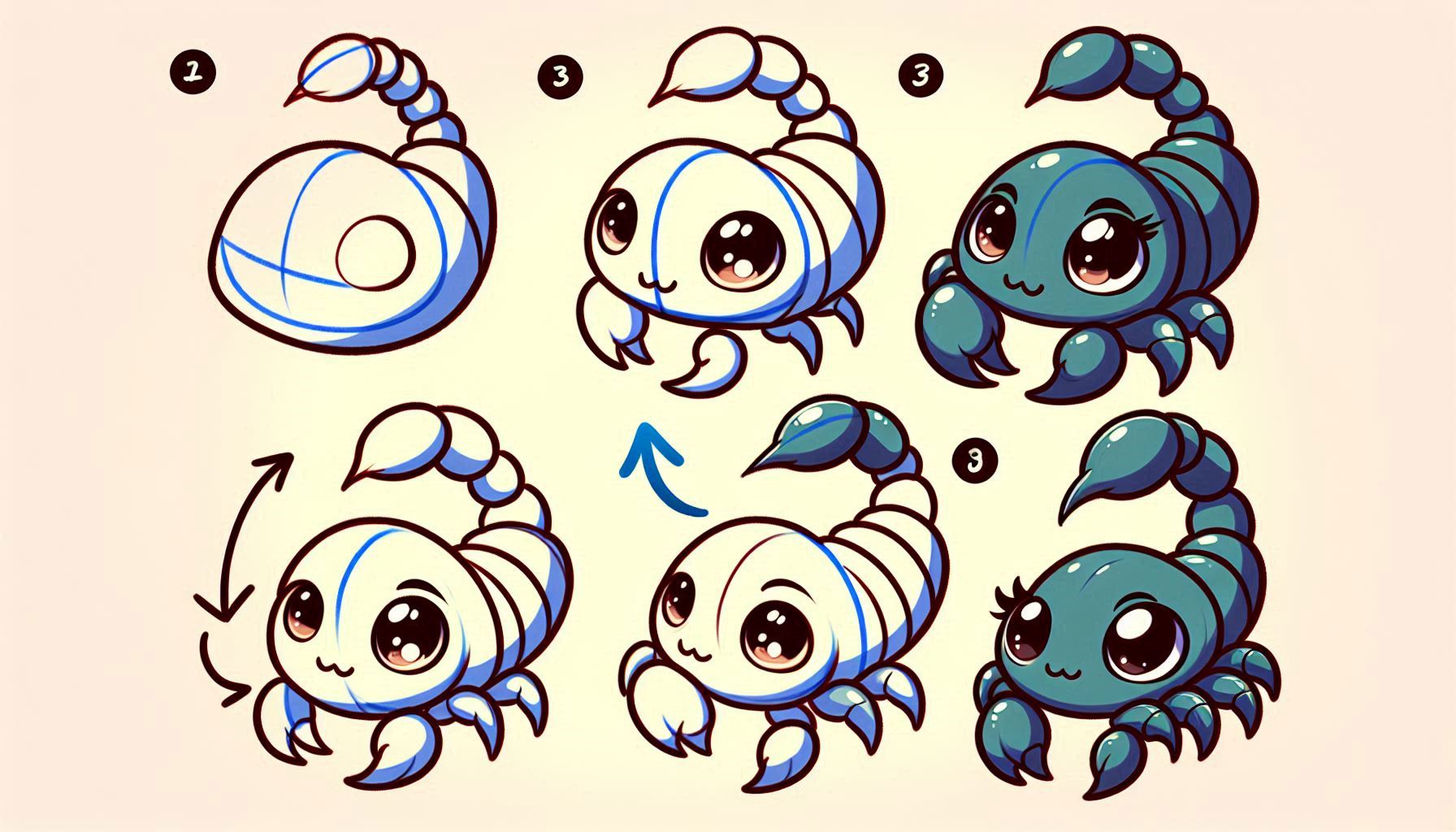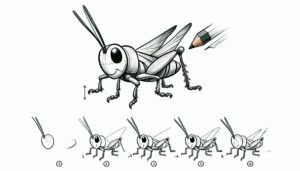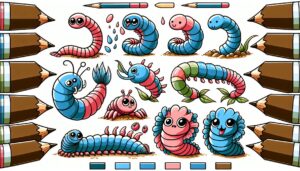Creating a scorpion illustration can be an exciting endeavor due to its distinct body structure, remarkable claws, and the elegant curve of its tail, complete with a venomous stinger. Scorpions are captivating creatures that blend grace and danger, making them an intriguing topic for artists. In this guide, we’ll explore the step-by-step process of drawing a scorpion, focusing on the intricate details and textures that make these creatures truly unique. Get ready to pick up your pencils and embark on an exhilarating artistic adventure!
The Beauty of Capturing Intricate Details
Scorpions are filled with intricate details, from their segmented bodies to their menacing pincers and tail. Creating a scorpion drawing can be a great way to improve your attention to detail and sharpen your ability to observe and capture intricate textures and features. This level of meticulousness will bring your artwork to life and give it a sense of energy.
The Joy of Creating Intricate Designs
The distinctive form of a scorpion, with its elongated body and numerous legs, presents a wonderful chance to hone your skills in drawing intricate shapes. You’ll discover techniques to bring a sense of motion and harmony to your scorpion drawing, giving it a vibrant presence on the page.
Discovering the Fascinating World of Scorpions Through Art
Exploring the world of scorpions through drawing can be a captivating way to enhance your artistic abilities while gaining knowledge about these intriguing creatures. Understanding the anatomy of a scorpion and how their bodies function can enhance the depth and realism of your artwork, making it an enjoyable and educational experience.
Steps: How to Draw a Scorpion
First, begin by sketching the main body and head.
Begin by sketching a petite oval shape towards the upper portion of your paper. This is the part of the scorpion’s body that we call the cephalothorax. Just below the head, draw a larger oval that slightly overlaps with the first oval. This will represent the main body or abdomen of the scorpion. Remember to leave enough room on your paper for the scorpion’s legs and long, curved tail.
Next, draw the tail.
Afterwards, sketch the scorpion’s elongated, gracefully arched tail protruding from the upper part of the oval-shaped body. The tail should have multiple segments, with each one decreasing in size as you approach the tip. Create a series of overlapping curved lines to form these segments, with the tail curving upwards into a hook shape. Finish off the tail with a tiny, pointed tip to create the scorpion’s stinger.
Step 3: Now it’s time to add the pincers.
Extend a pair of long, curving lines outward from each side of the head oval, before curving them back inwards. These lines will create the scorpion’s pincers. At the end of each line, draw two claw shapes that face each other, forming a pincer. Ensure that the pincers are approximately symmetrical and positioned slightly above the body, creating the impression that the scorpion is prepared to strike.
Step 4: Now it’s time to add the legs!
Scorpions have eight legs, so make sure to draw four legs on each side of the body oval. The legs should have segments and multiple bends to imitate the joints found in the legs of a scorpion. Begin each leg from the edge of the body oval and sketch the segments extending outward and downward, with a gentle curve to depict the scorpion’s inherent posture. The legs should taper towards the ends and have delicate, pointed tips.
Step 5: Create an Outline and Perfect the Form
With a more precise tool, trace over your initial drawing to enhance the scorpion’s form. Highlight the pincers, legs, body, and tail outline, ensuring that every line is smooth and distinct. Remove any unnecessary guidelines or overlapping lines to tidy up your drawing and give it a clean appearance.
Step 6: Enhance the visual appeal with texture and intricate details.
To enhance the realism of your scorpion drawing, incorporate texture and intricate details. Begin by adding shading to the segments of the tail to create a sense of depth and make it look more three-dimensional. Enhance the pincers by adding delicate lines and shading to capture their rugged, textured appearance. For the scorpion’s body and legs, you can enhance the natural texture of its exoskeleton by adding small lines or dots. Make sure to shade under the legs and pincers to add shadows, which will give your drawing a realistic and dynamic appearance.
Step 7: Finishing Touches
To perfect your scorpion drawing, focus on enhancing the shading and textures for a more vibrant result. Shade the areas beneath the body and legs to add depth and give your scorpion a more three-dimensional look. If you’d like, you can incorporate rocks or sand to create a desert scene around the scorpion, which will enhance the drawing’s realism and context.
Theme 1: Exploring the Beauty of Intricate Details
Creating a lifelike scorpion drawing demands a meticulous attention to detail, where each segment, joint, and texture contributes to its overall realism. By paying attention to these details, you can enhance your understanding of the creature’s anatomy and refine your skills in capturing intricate textures and shapes in your artwork.
Theme 2: Exploring the Joy of Creating Intricate Shapes
Scorpions possess a distinctive and intricate form that captivates the attention of artists. By depicting their elongated bodies, segmented tails, and intricate pincers, you can refine your ability to create intricate forms and shapes. This will greatly improve your artistic skills in capturing the essence of movement and balance in your artwork.
Theme 3: Discovering the Fascinating World of Scorpions Through Art
Creating a picture of a scorpion goes beyond just drawing; it’s a journey into the captivating world of these intriguing creatures. Exploring the intricacies of their anatomy and the way their bodies work can bring a new level of depth and authenticity to your drawings, transforming it into an enjoyable and enlightening experience that extends beyond mere artistic improvement.
In summary
Creating a scorpion illustration can be an enjoyable and fulfilling endeavor that allows you to enhance your artistic abilities while delving into the distinctive characteristics of these captivating creatures. By paying close attention to the fine details, intricate shapes, and the unique textures found on a scorpion’s body, you can bring this fascinating creature to life through your drawing. Alright, let’s get ready to begin this thrilling artistic journey! Make sure you have your pencils ready!
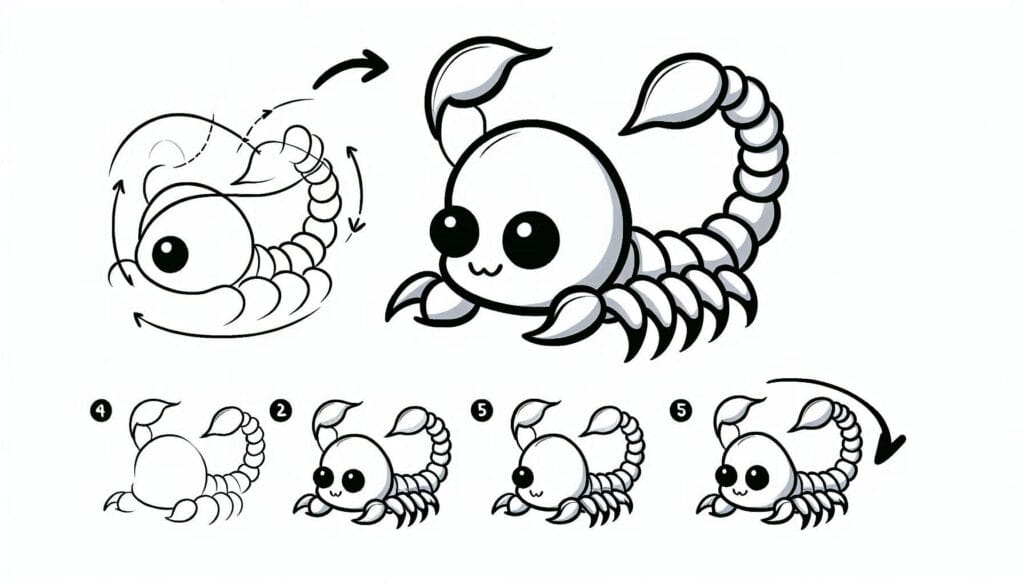
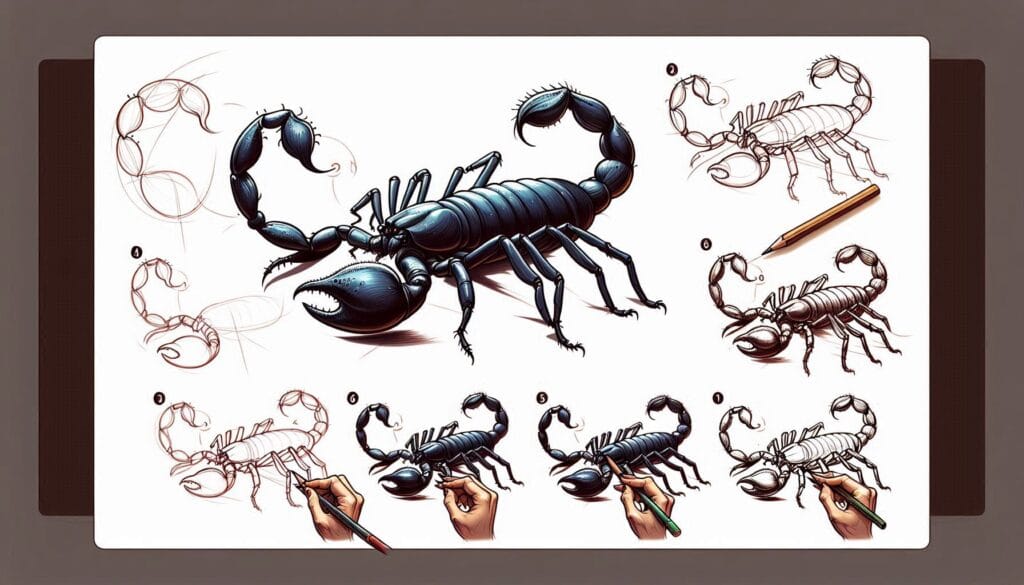
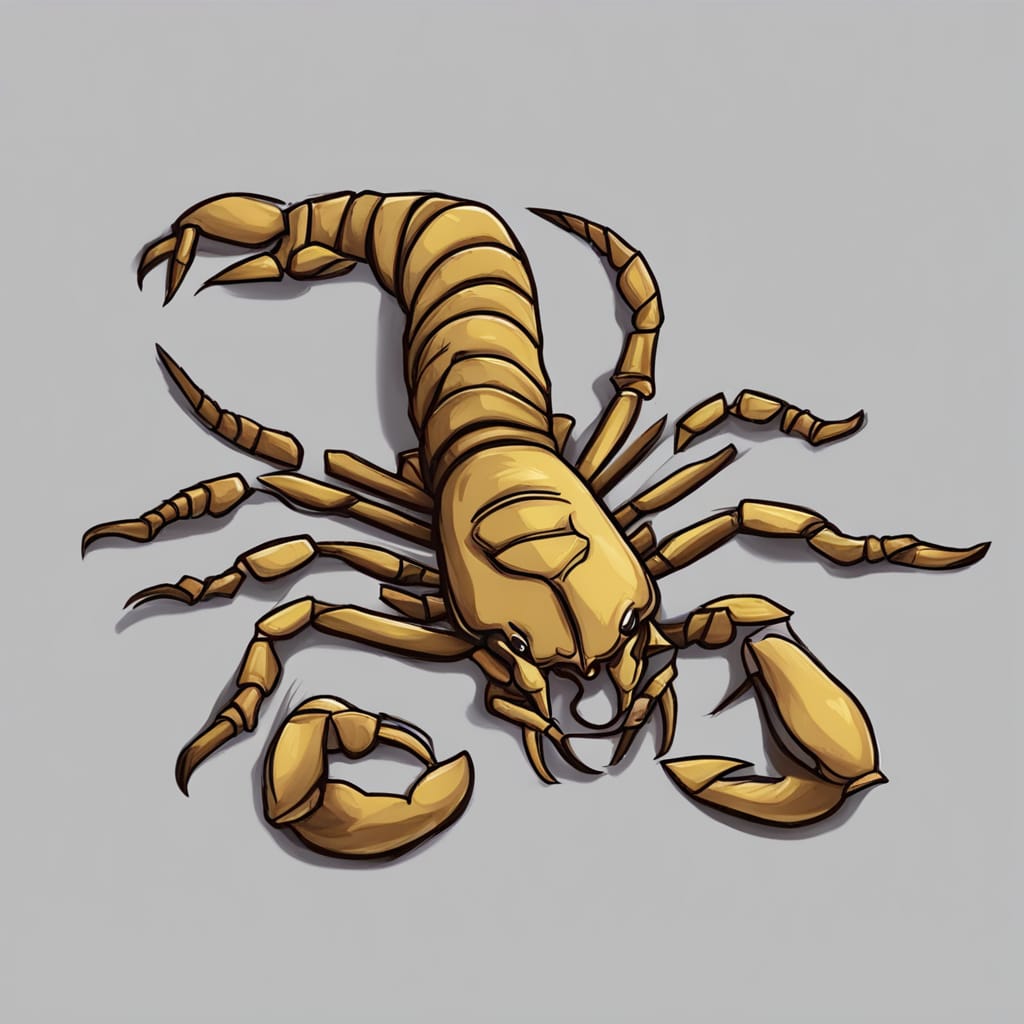
For a super fun and simple guide on how to draw a spider, you can check out the step-by-step tutorial here! This fun guide provides easy instructions, allowing young creators to dive into their imagination while discovering fascinating facts about spiders!

